Optimal Seasons for Chimney Liner Installation
Chimney liner installations are most effective when performed during periods of moderate weather, avoiding extreme cold or heat. Spring and fall are ideal seasons, providing optimal conditions for safety and efficiency. Proper installation during these times can prevent weather-related delays and ensure the longevity of the liner.
Spring and fall offer mild weather that facilitates safe and effective chimney liner installation.
Avoid installation during winter cold snaps or summer heatwaves, as extreme temperatures can impact materials and safety.
Off-peak seasons may provide more scheduling options and quicker service.
Performing inspections before installation ensures readiness and can identify potential issues early.
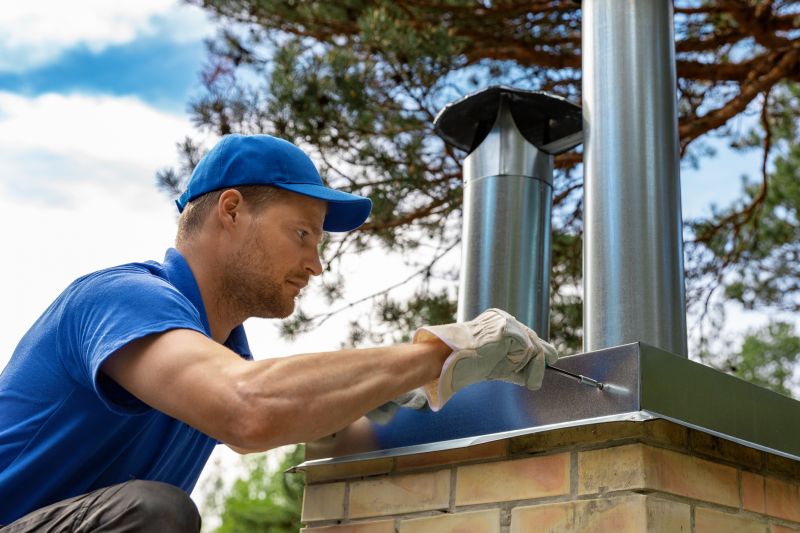
Ways to make Chimney Liner Installations work in tight or awkward layouts.
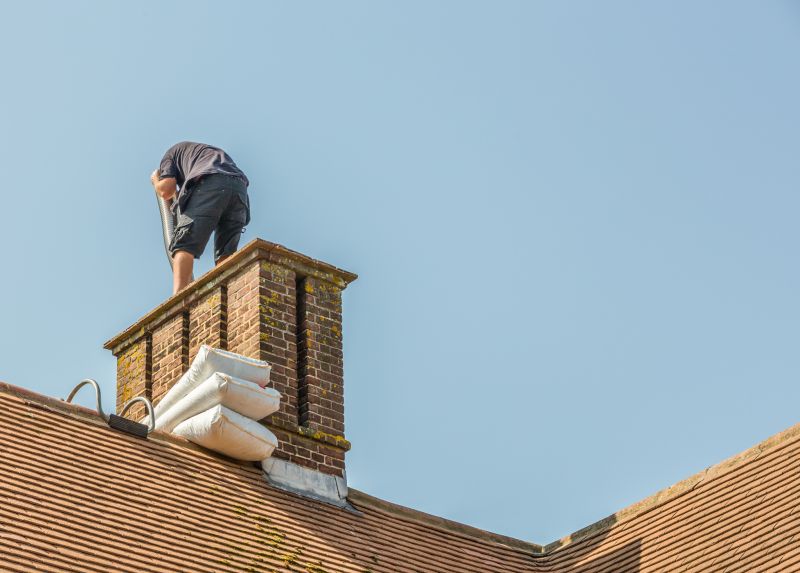
Popular materials for Chimney Liner Installations and why they hold up over time.
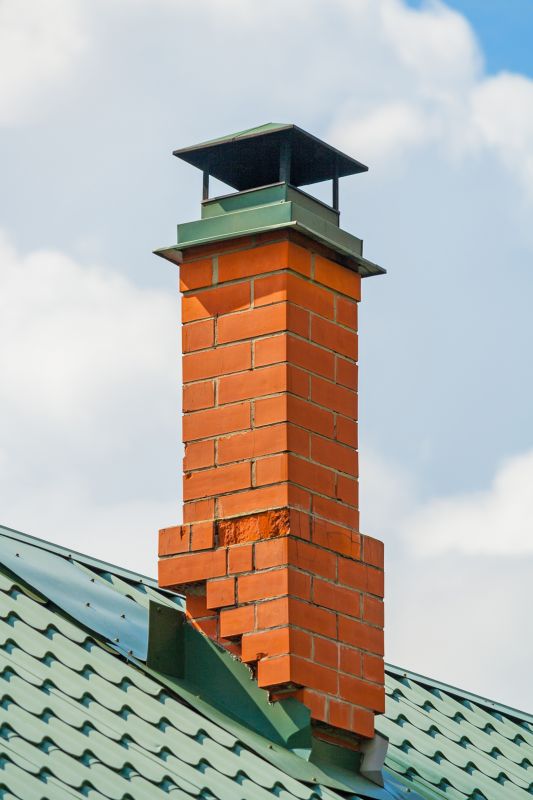
Simple add-ons that improve Chimney Liner Installations without blowing the budget.

High-end options that actually feel worth it for Chimney Liner Installations.

Finishes and colors that play nicely with Chimney Liner Installations.
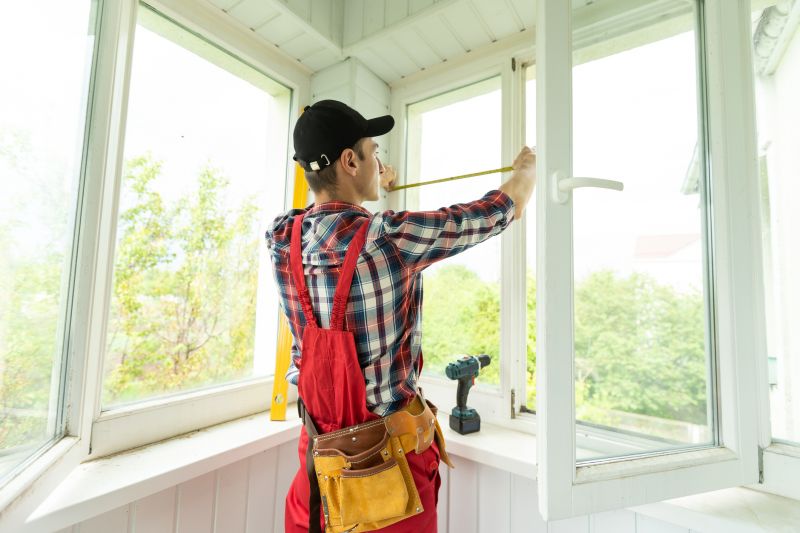
Little measurements that prevent headaches on Chimney Liner Installations day.
Chimney liner installations are a vital component of maintaining a safe and efficient chimney system. A properly installed liner enhances the safety of venting systems by containing heat, smoke, and gases within the chimney, reducing the risk of fire and indoor air pollution. Statistics indicate that a well-maintained chimney with a new liner can improve venting efficiency by up to 30%, leading to better fuel consumption and lower emissions. The process involves removing old or damaged liners and installing new, durable materials such as stainless steel or clay, tailored to the specific needs of the chimney and appliance.
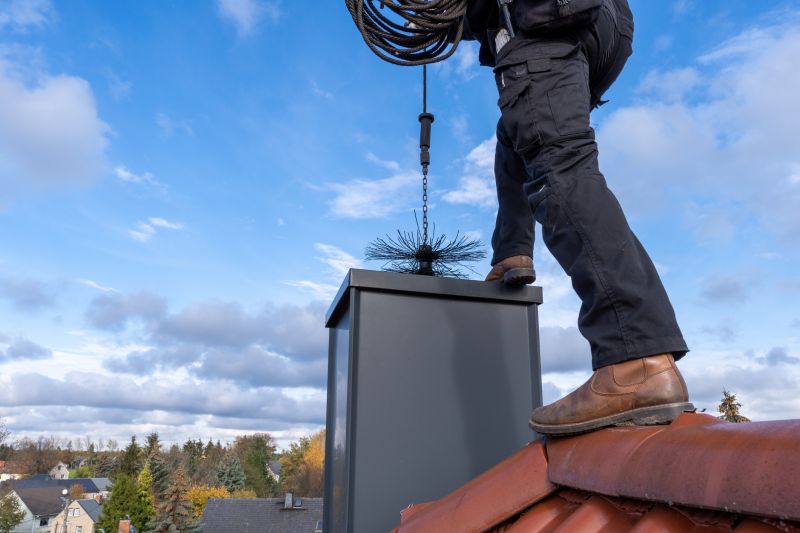
A 60-second routine that keeps Chimney Liner Installations looking new.
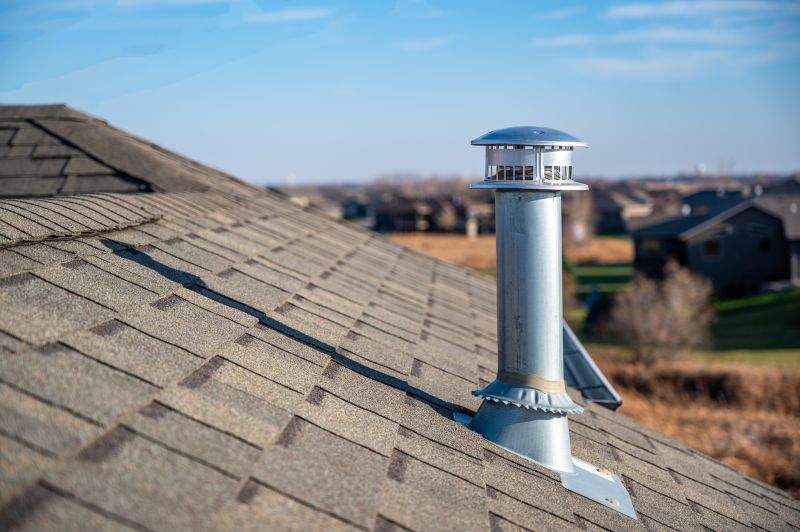
A frequent mistake in Chimney Liner Installations and how to dodge it.
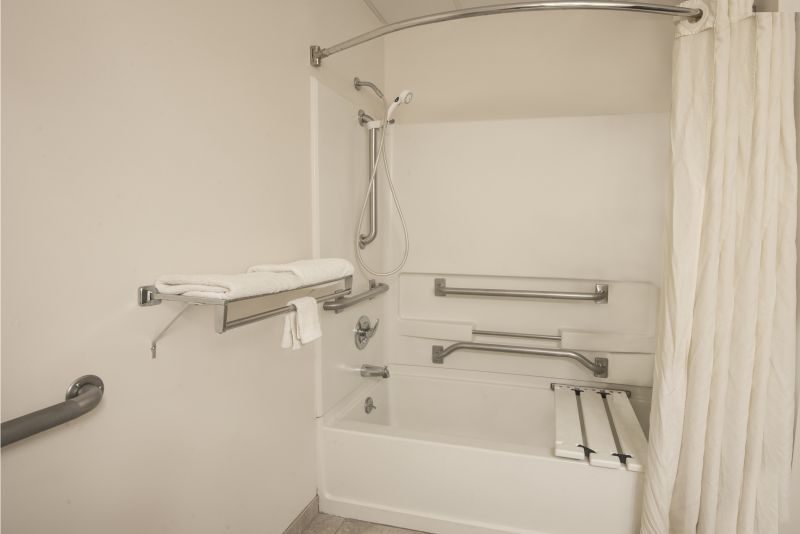
Small tweaks to make Chimney Liner Installations safer and easier to use.

Lower-waste or water-saving choices for Chimney Liner Installations.

The short, realistic tool list for quality Chimney Liner Installations.
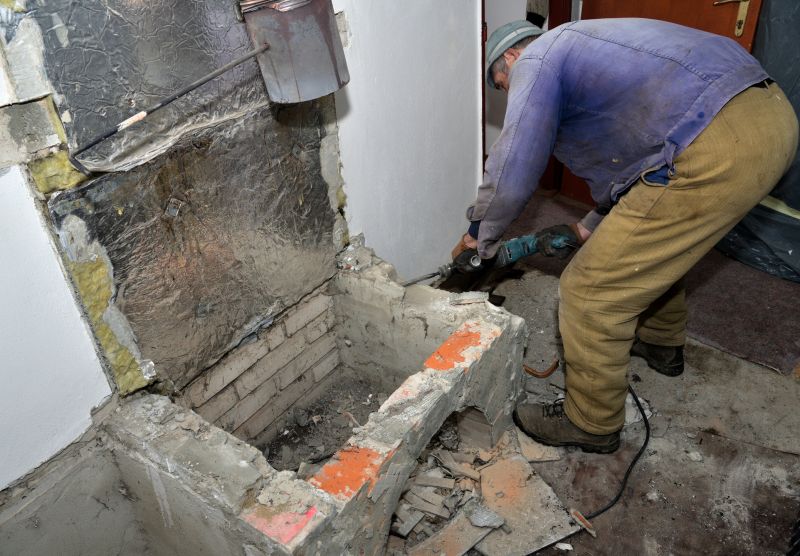
Rough timing from prep to clean-up for Chimney Liner Installations.

Quick checks and paperwork to keep after Chimney Liner Installations.
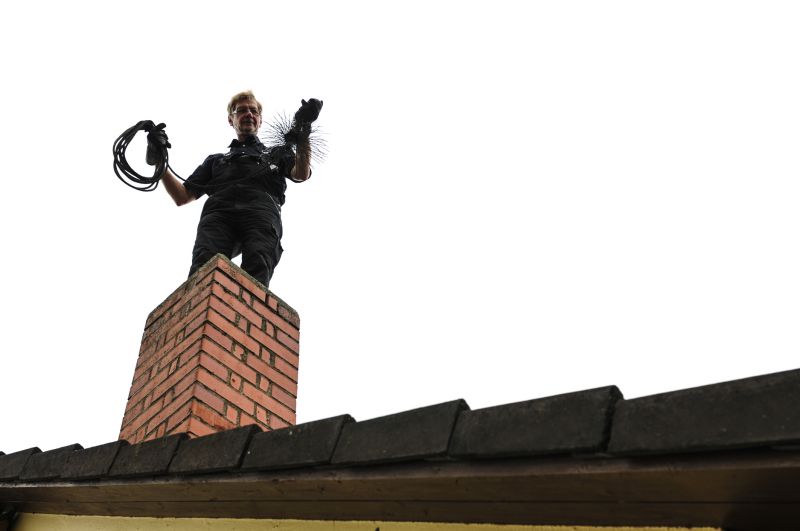
Examples that show the impact a good Chimney Liner Installations can make.
| Aspect | Details |
|---|---|
| Best Seasons | Spring and fall |
| Weather Conditions | Moderate temperatures preferred |
| Installation Benefits | Enhanced safety, efficiency, and longevity |
| Preparation Needed | Chimney cleaning and inspection |
| Material Options | Stainless steel, clay, or aluminum |



